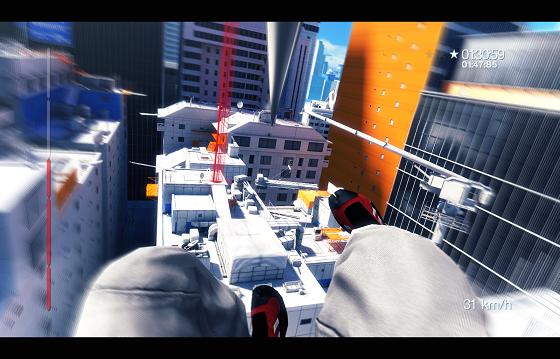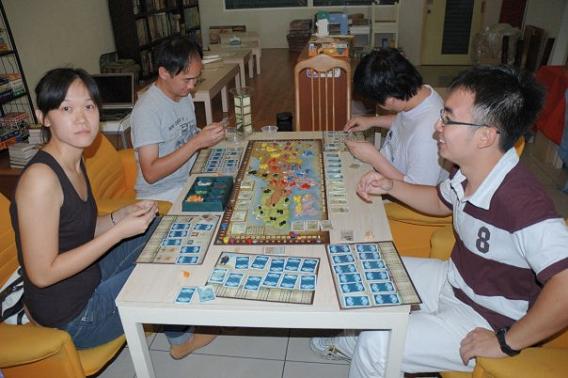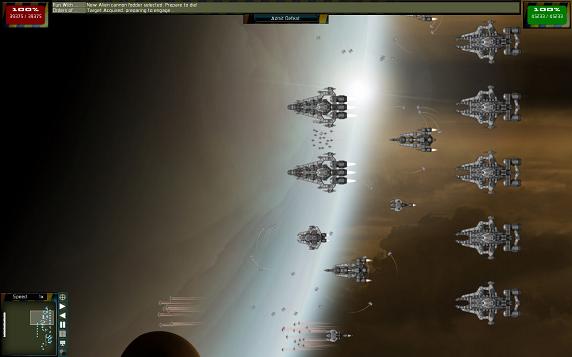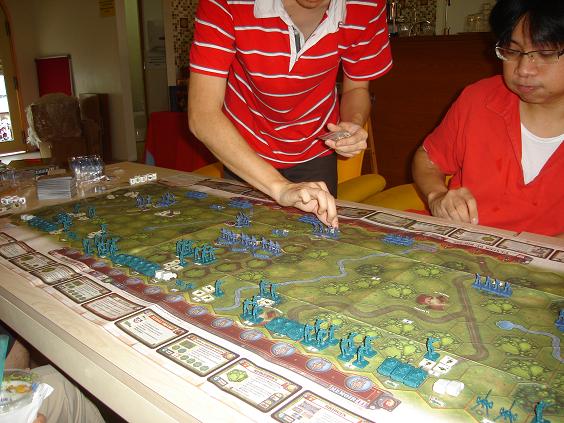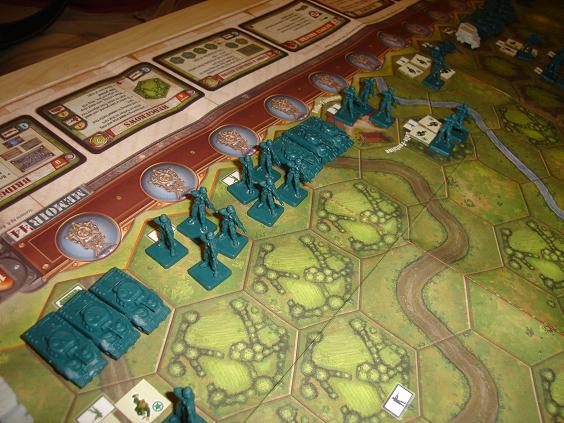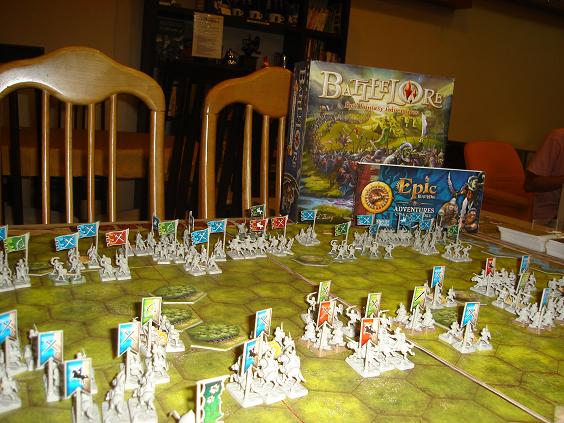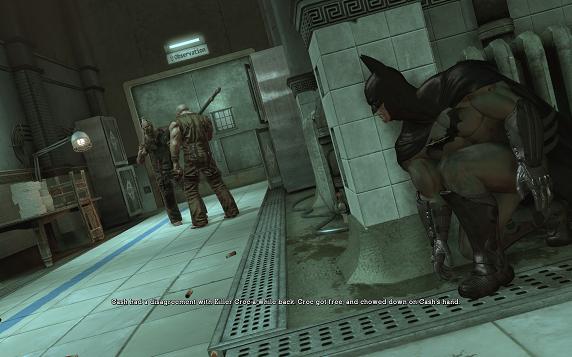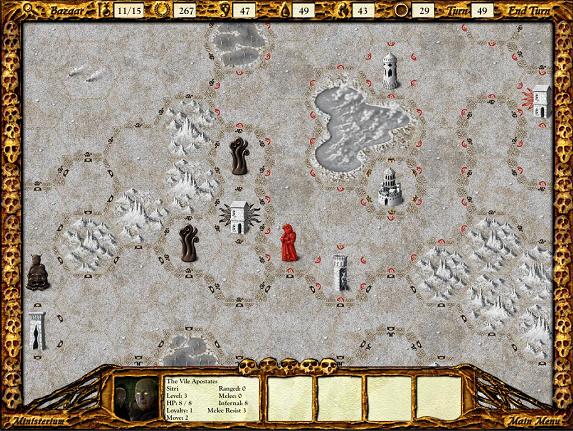
Cryptic Comet’s first game, Armageddon Empires, was an impressive effort, combining CCG-like mechanics with a hex-map based wargame. Not bad for a game made by what is basically a one-man shop, namely QT3 regular Vic Davis. His second game Solium Infernum has been two years in the making and while it’s also a turn-based strategy game played on a hex-map with a design that’s very reminiscent of boardgames, it’s very, very different from the first one.
The most obvious difference is the change in theme. Armageddon Empires was set in a post-apocalyptic world featuring factions inspired by science-fiction. Solium Infernum is set in hell and all the players are archfiends vying against each other for the right to sit on the Infernal Throne left vacant by Lucifer. The most important difference however is that Armageddon Empires was strictly single-player only while Solium Infernum really shines only in multi-player games. You can play it in single-player but the AI currently isn’t smart enough to fully exploit the game’s complex ruleset.
